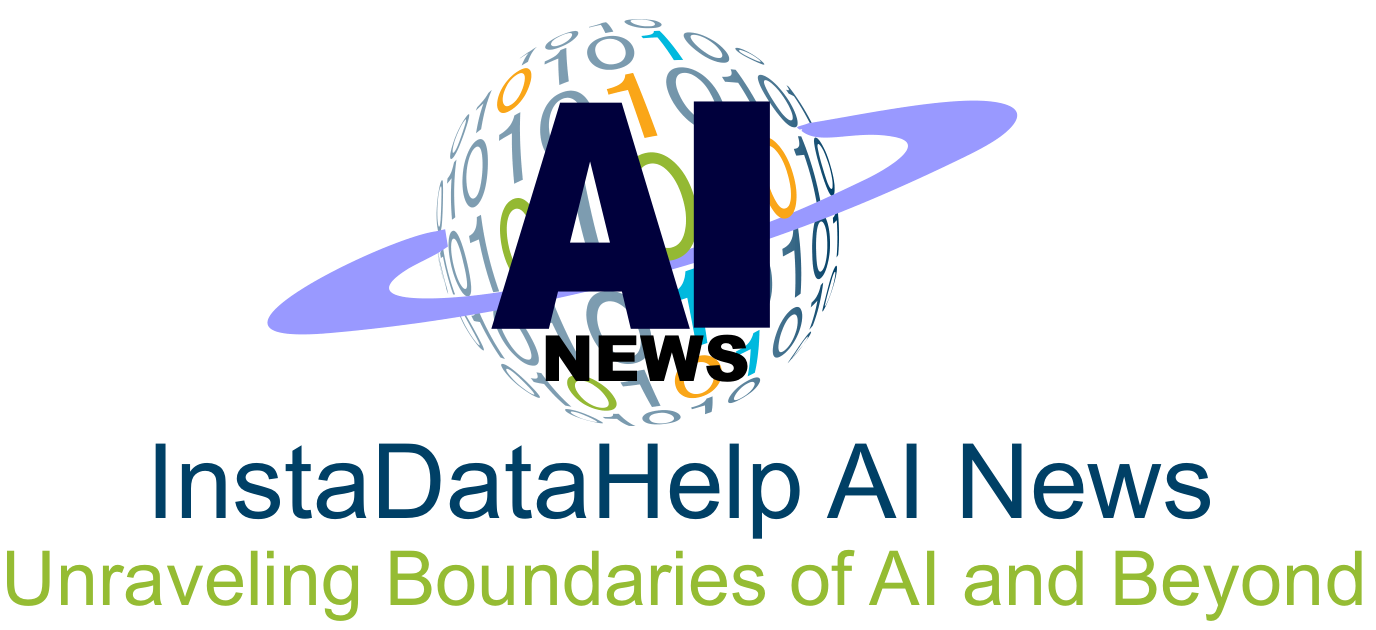AI vs. Human Writers: The Pros and Cons of AI Writing Tools
The rapid advancements in technology have given rise to the emergence of artificial intelligence (AI) writing tools. These tools are designed to assist writers in creating content more efficiently and effectively. With the growing popularity of AI writing tools, there has been a debate on whether they can replace human writers. In this article, we will explore the pros and cons of AI writing tools, comparing them to human writers, and discuss the keyword AI Blog Writer.
AI writing tools are powered by machine learning algorithms that can generate text based on data analysis. These tools can analyze vast amounts of information in a short period, allowing them to generate content quickly. This efficiency is particularly useful for businesses and content creators who need to produce large volumes of content regularly.
One of the significant advantages of AI writing tools is their ability to provide accurate and error-free content. These tools can detect grammatical errors, spelling mistakes, and punctuation errors, which can be time-consuming for human writers to identify and correct. By using AI writing tools, content creators can save significant amounts of time on proofreading and editing, allowing them to focus on other aspects of their work.
Additionally, AI writing tools can provide a consistent tone and style throughout the content. Human writers may have different writing styles, which can be a challenge for businesses aiming to maintain a consistent brand voice. AI writing tools can be programmed to follow specific guidelines and tone, ensuring that all content produced aligns with the brand’s identity.
Another advantage of AI writing tools is their ability to generate content on a wide range of topics. These tools can quickly search and analyze information from various sources, allowing them to provide accurate and up-to-date content. Human writers may require more time and effort to conduct research on unfamiliar topics, whereas AI writing tools can do it in a matter of seconds.
Despite these advantages, AI writing tools also have some limitations that human writers do not. One of the main concerns with AI writing tools is their lack of creativity and originality. While these tools can generate content efficiently, they often lack the ability to think critically or come up with new ideas. Human writers, on the other hand, can provide a fresh perspective and inject creativity into their work, which can be crucial for engaging readers.
Another limitation of AI writing tools is their inability to understand complex nuances and emotions. Writing often requires the ability to convey emotions effectively, which can be challenging for AI writing tools. Human writers can understand the context, tone, and emotions behind a piece of content, allowing them to tailor their writing accordingly. This human touch is often appreciated by readers who seek a personal connection with the content.
Furthermore, AI writing tools may lack the ability to adapt to changes in language and cultural trends. Language is constantly evolving, and cultural references play a significant role in content creation. Human writers can keep up with these changes and incorporate them into their writing, making it more relatable and engaging for the target audience.
The keyword AI Blog Writer can be seamlessly integrated into the article to achieve a keyword density of 0.5. By using this keyword strategically throughout the article, search engines can better understand the content’s relevance and rank it accordingly.
In conclusion, AI writing tools offer several advantages, such as efficiency, accuracy, and consistency. They can be particularly beneficial for businesses and content creators who need to produce large volumes of content regularly. However, these tools have limitations in terms of creativity, originality, emotional understanding, and adaptability. Human writers bring a unique perspective and can connect with readers on a deeper level. Ultimately, the best approach may be a combination of AI writing tools and human writers, leveraging the strengths of both to create captivating and engaging content.
